What is prickly pear?
Valuable ingredients
Benefits of prickly pear in skin care
prickly pear oil vs. argan oil
Which skin types benefit from prickly pear?
What is the prickly pear?
Prickly pear (also known as prickly pear or Opuntia), especially the oil extracted from the seeds of the fruit, has established itself as a valuable ingredient in natural cosmetics in recent years. Prickly pear oil, or prickly pear seed oil, is particularly rich in nutrients and offers numerous benefits for skin care. Here is a detailed explanation of prickly pear in natural cosmetics:
Valuable ingredients
Prickly pear oil is particularly rich in several skin-friendly ingredients:
Vitamin E (Tocopherol): Prickly pear oil is one of the best natural sources of vitamin E, a powerful antioxidant that protects the skin from free radicals, slows down the aging process and regenerates skin cells.
Omega-6 and Omega-9 fatty acids: Linoleic acid (Omega-6) and oleic acid (Omega-9) are particularly found in prickly pear oil. These fatty acids have anti-inflammatory properties, support the skin barrier and provide moisture and elasticity.
Prickly pear flavonoids: These phytochemicals are also powerful antioxidants and help soothe the skin and reduce redness.
Minerals: Prickly pear oil also contains valuable minerals such as calcium, magnesium and zinc, which contribute to the regeneration and balance of the skin.
Amino acids: These support collagen production and promote skin firmness.
Benefits of prickly pear in skin care
a) Moisturizing
Prickly pear oil has an excellent ability to retain moisture and intensely hydrate the skin. Thanks to its high content of essential fatty acids, the oil penetrates deeply into the skin and helps nourish it without leaving a greasy film.
b) Anti-Aging
Due to its high content of vitamin E and antioxidants, prickly pear oil protects the skin from harmful environmental influences and free radicals that damage skin cells and cause premature aging. It promotes skin elasticity and minimizes the appearance of fine lines and wrinkles.
c) Brightening and toning
The oil has a gentle brightening effect by reducing dark spots, hyperpigmentation and uneven skin tone. It has anti-inflammatory properties that help minimize skin discoloration (e.g. acne scars or sun spots) and promote a radiant, even complexion.
d) Soothing and anti-inflammatory
Prickly pear oil is ideal for sensitive, irritated or inflamed skin. It helps to reduce redness, reduce skin irritation and soothe the skin. People with rosacea or neurodermatitis skin types in particular benefit from the oil's soothing properties.
e) Improvement of skin structure
By stimulating collagen production and promoting cell regeneration, prickly pear oil can help refine the skin's texture. The skin appears smoother, firmer and plumper.
f) Acne treatment
Thanks to its anti-inflammatory and antibacterial properties, prickly pear oil is also suitable for acne-prone skin. It helps fight blemishes by healing the skin while regulating excess oil without drying the skin.
Use of prickly pear oil in natural cosmetics
a) Pure prickly pear oil
Pure prickly pear oil is applied directly to the cleansed face. It can be used as a serum in the morning and evening. Dab a few drops of the oil onto the face and massage gently - it absorbs quickly and leaves the skin soft and hydrated.
b) In skin creams and serums
Prickly pear oil is often used in formulations such as anti-aging creams, serums or eye creams because it combines very well with other moisturizing and regenerating ingredients such as hyaluronic acid or vitamin C.
c) For lip care
Due to its moisturizing properties, prickly pear oil is also used in lip balms to nourish and regenerate dry, chapped lips.
d) As hair care
Prickly pear oil is not only suitable for skin care, but also for hair care. It can be included in hair oils or masks as it strengthens hair, moisturizes it and protects it from damage.
prickly pear oil vs. argan oil
Prickly pear oil is often compared to argan oil, as both oils are rich in nutrients and antioxidants and offer similar skin care benefits. However, compared to argan oil, prickly pear oil contains significantly higher levels of vitamin E and linoleic acid (omega-6 fatty acid), making it particularly good for skin regeneration, anti-aging effects and fighting skin discoloration.
Which skin types benefit from prickly pear?
Dry skin: Due to its moisturizing properties, prickly pear oil helps to hydrate dry skin and stabilize the moisture balance.
Sensitive skin: Due to its soothing and anti-inflammatory properties, it is ideal for sensitive skin types.
Oily skin and acne: Prickly pear oil helps regulate excess oil and soothe the skin without clogging pores. It has antibacterial properties that help with acne.
Mature skin: Due to its strong antioxidant effect, prickly pear oil is ideal for anti-aging applications and promotes firm and elastic skin.
Conclusion
Prickly pear oil is an incredibly versatile, moisturizing and regenerating ingredient in natural cosmetics that is beneficial for almost every skin type. It protects the skin from free radicals, promotes cell regeneration, reduces pigment spots and supports the skin in healing acne or other skin irritations. Given its many benefits and valuable nutrients, it is a real all-rounder for radiant, healthy skin.



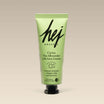
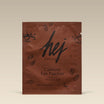
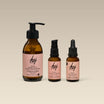


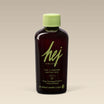

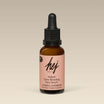
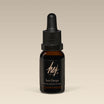
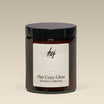
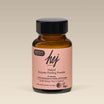

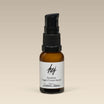
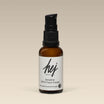
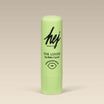

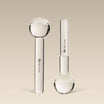

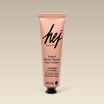
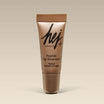
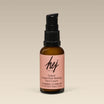
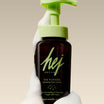

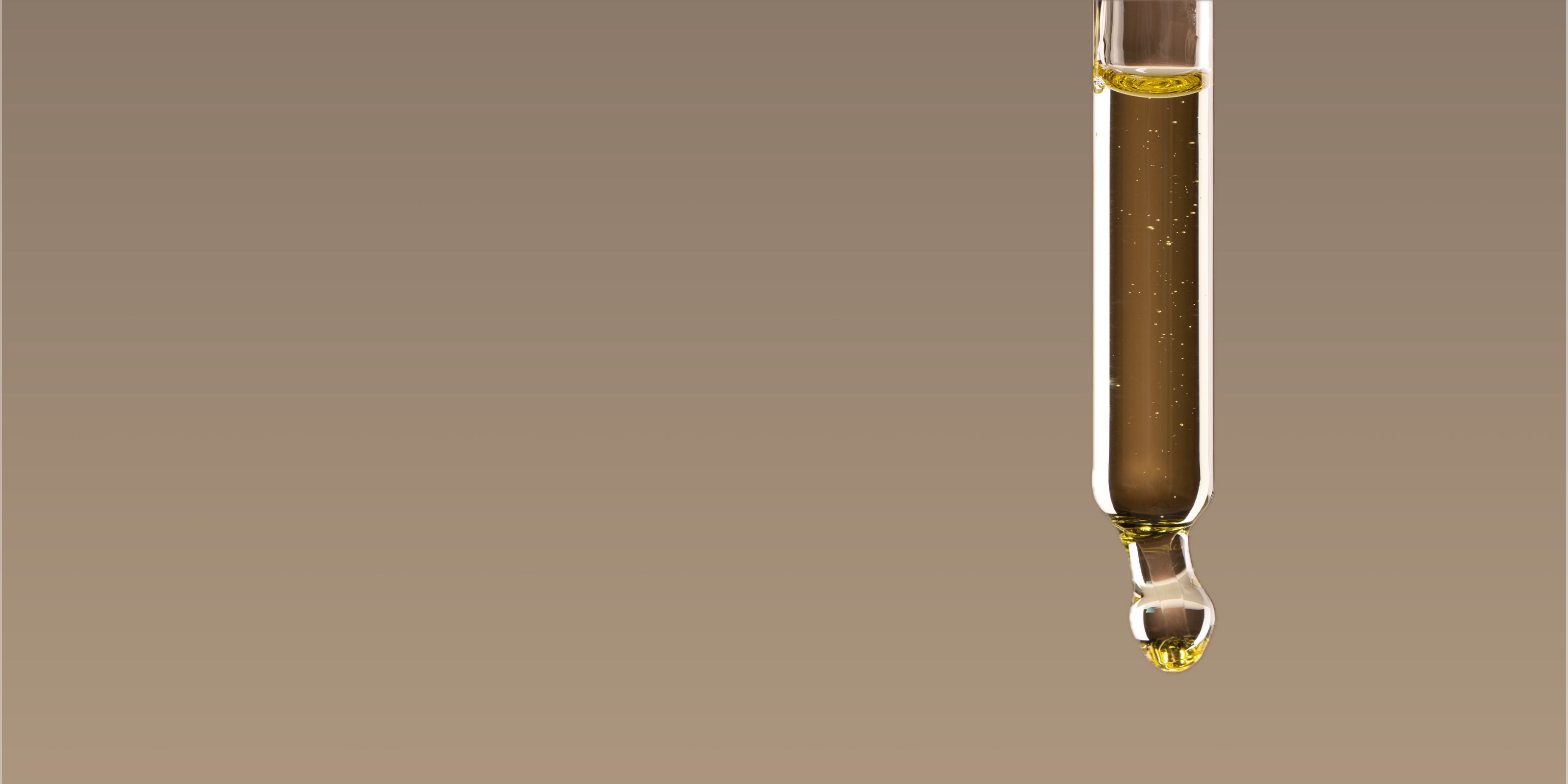
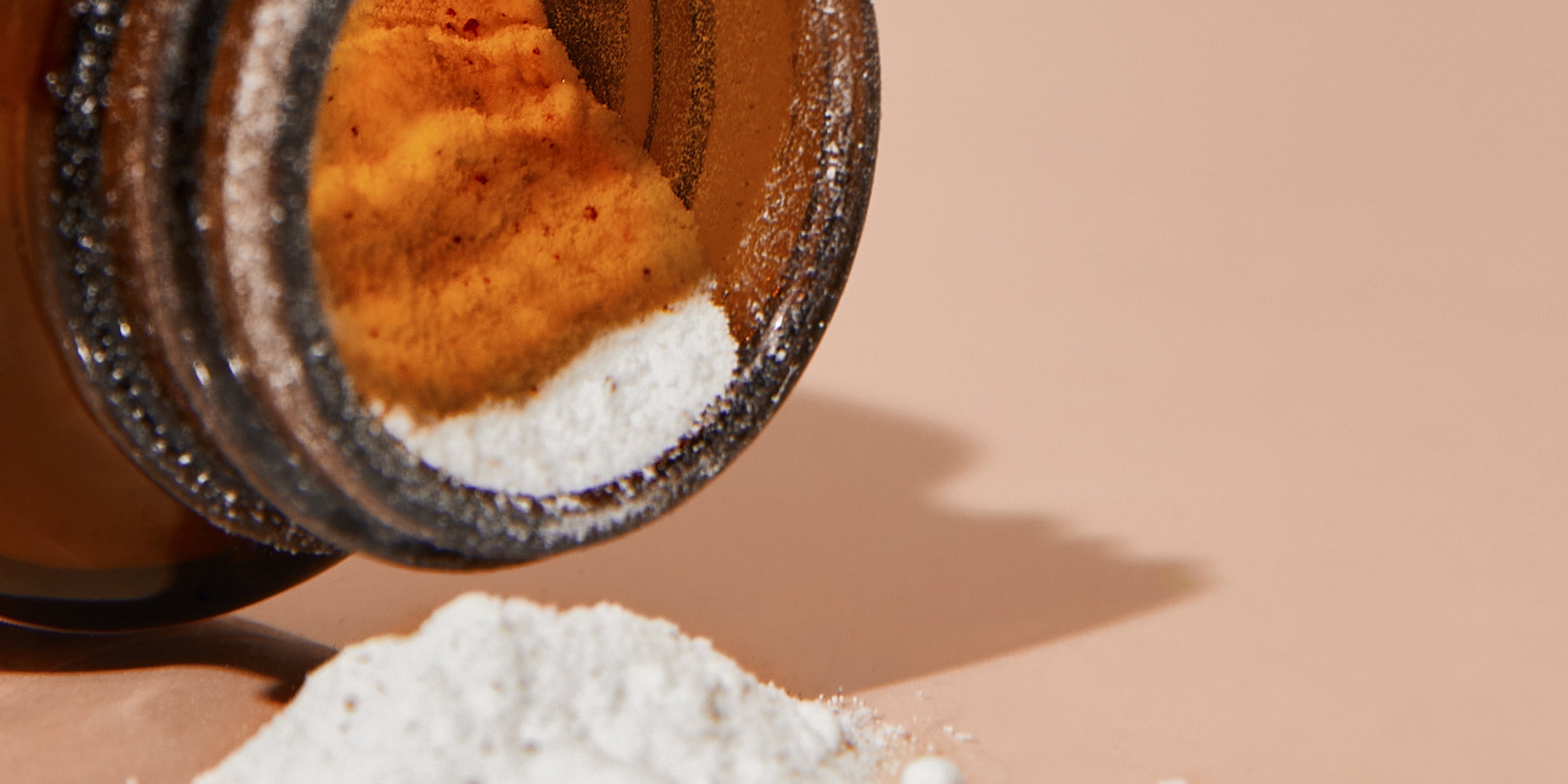
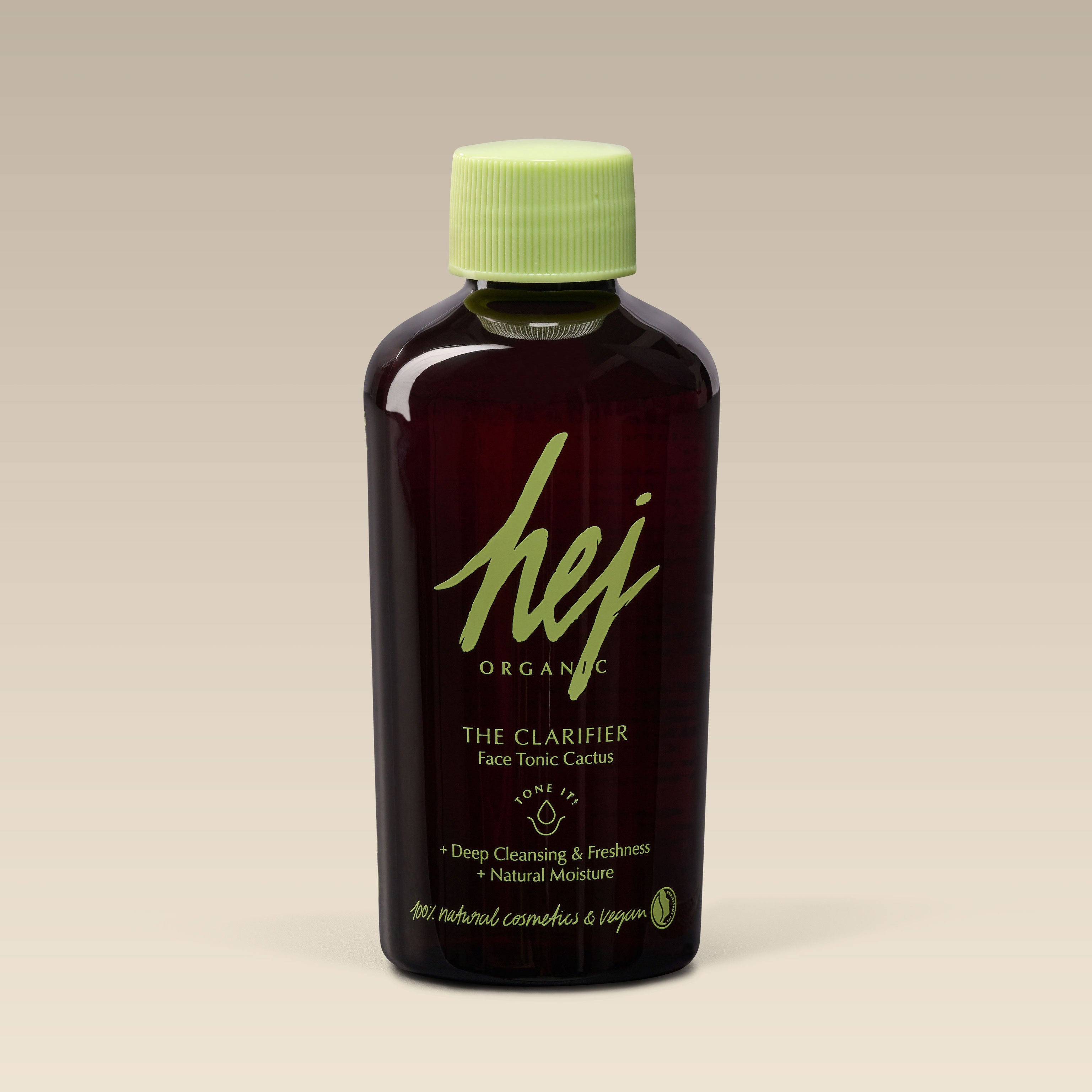
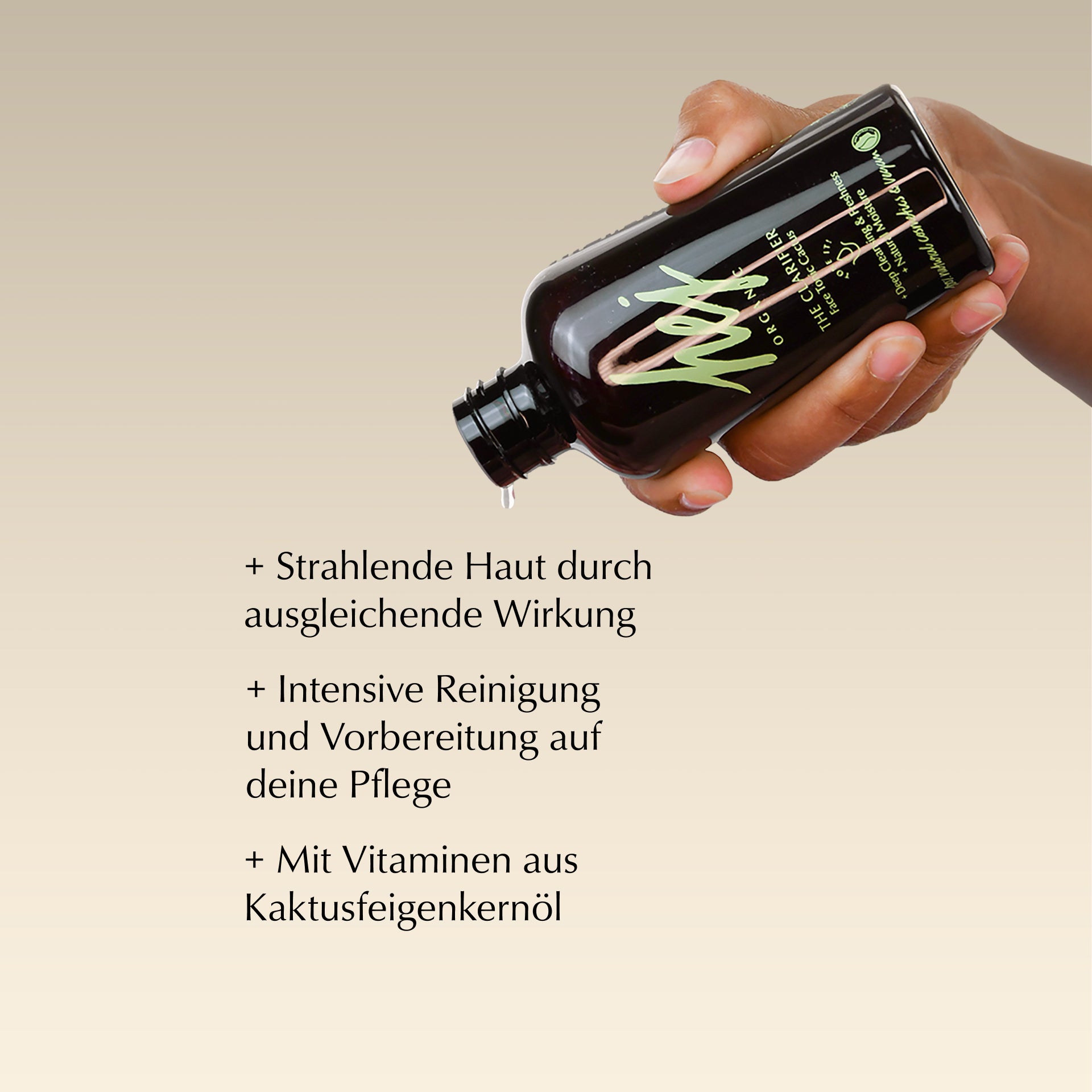
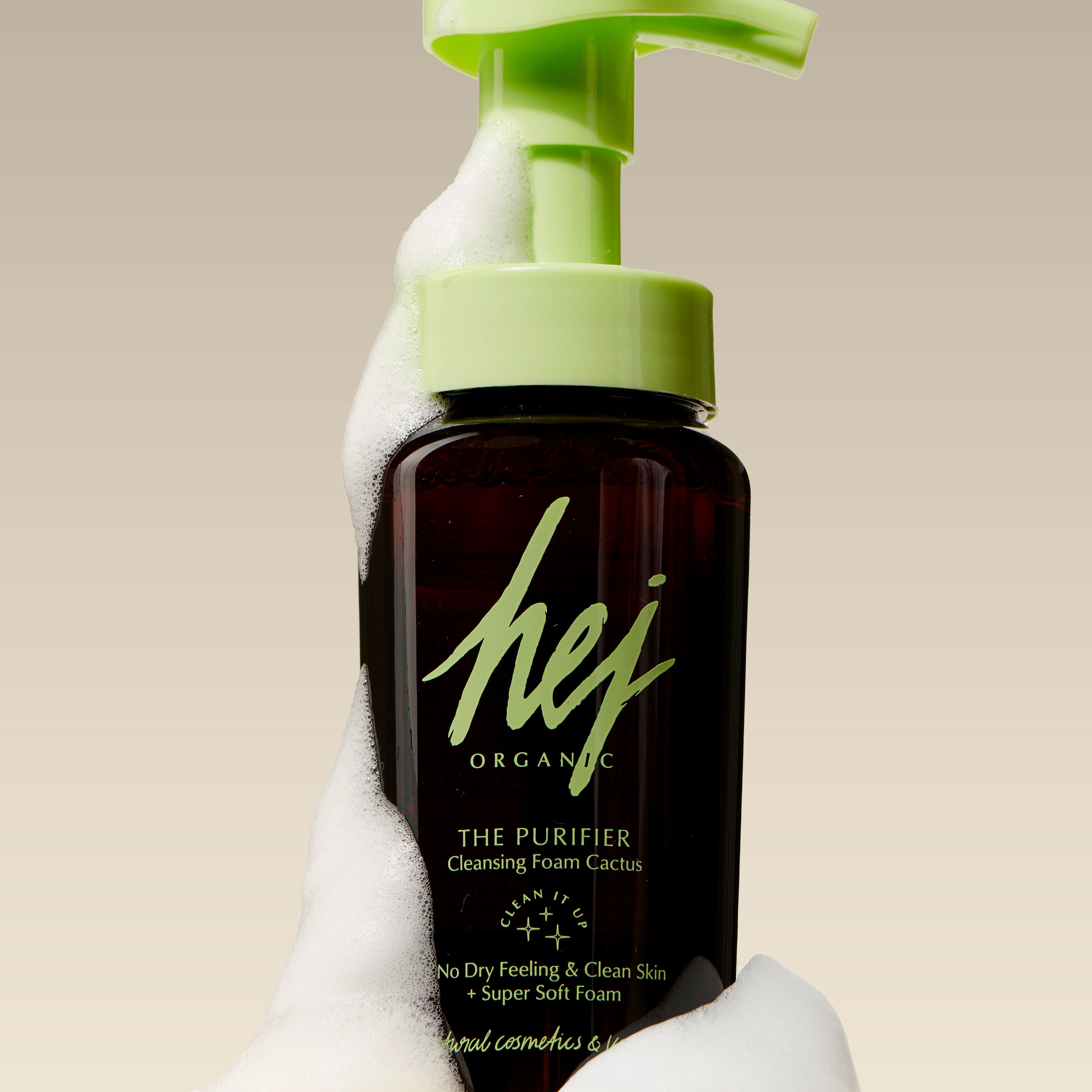
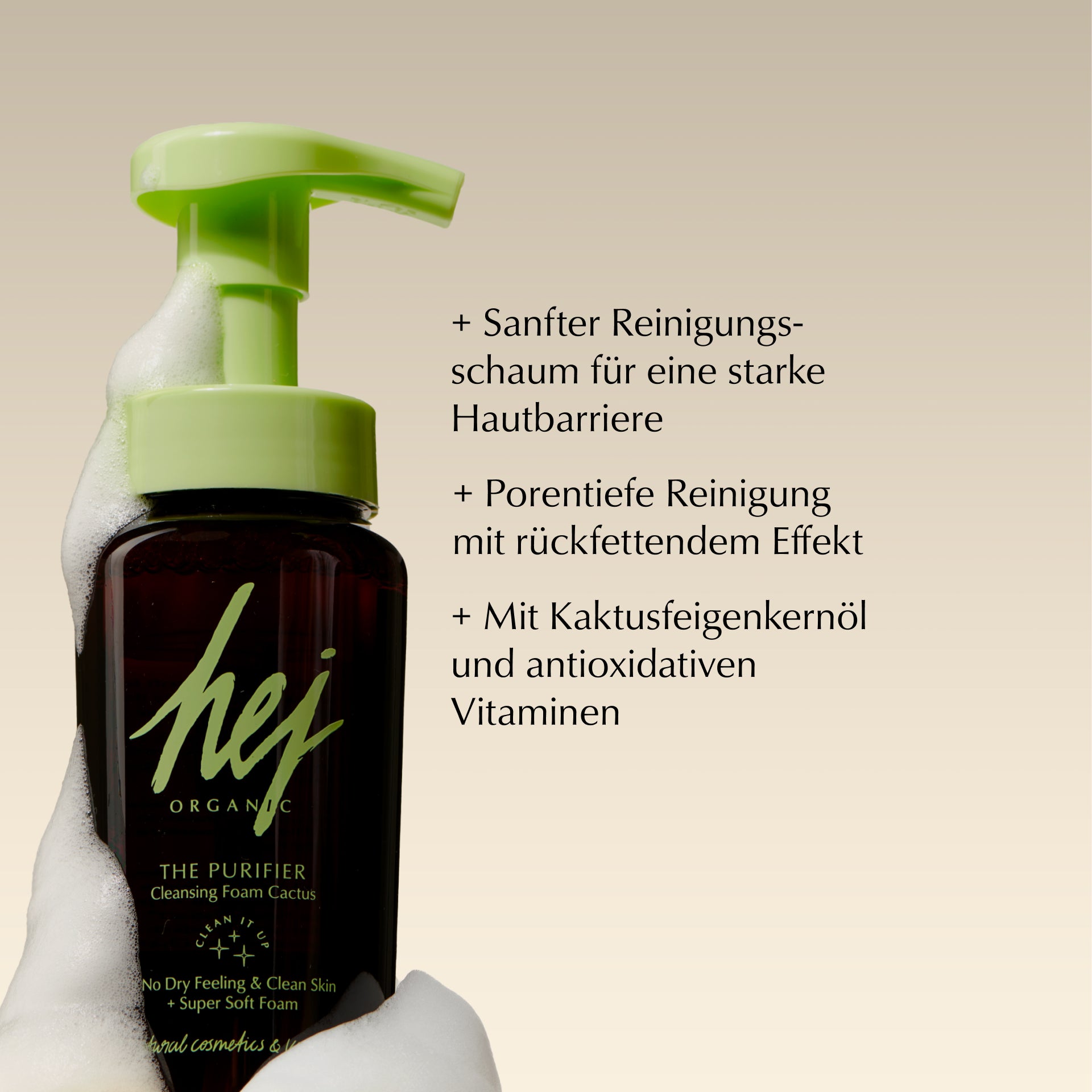
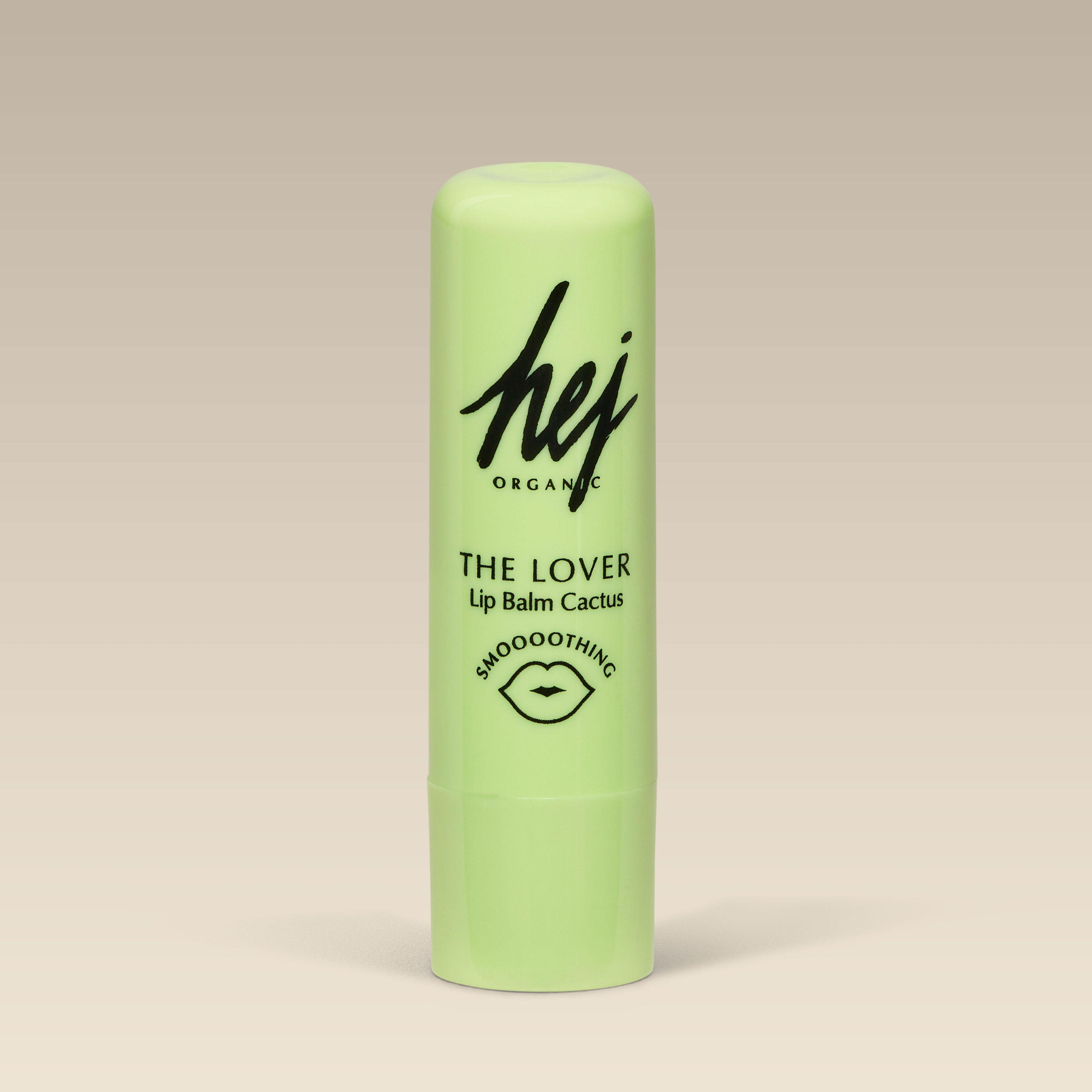
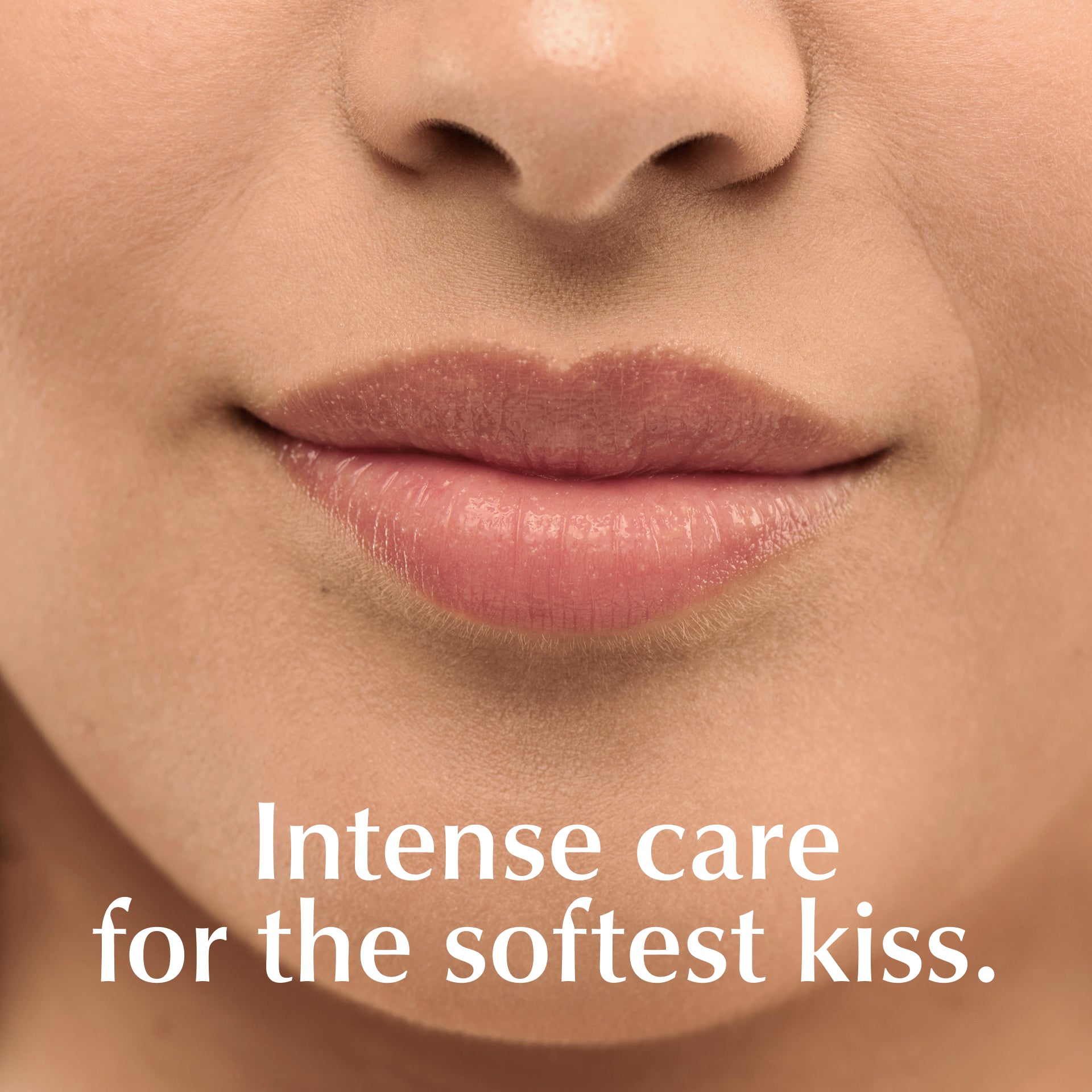
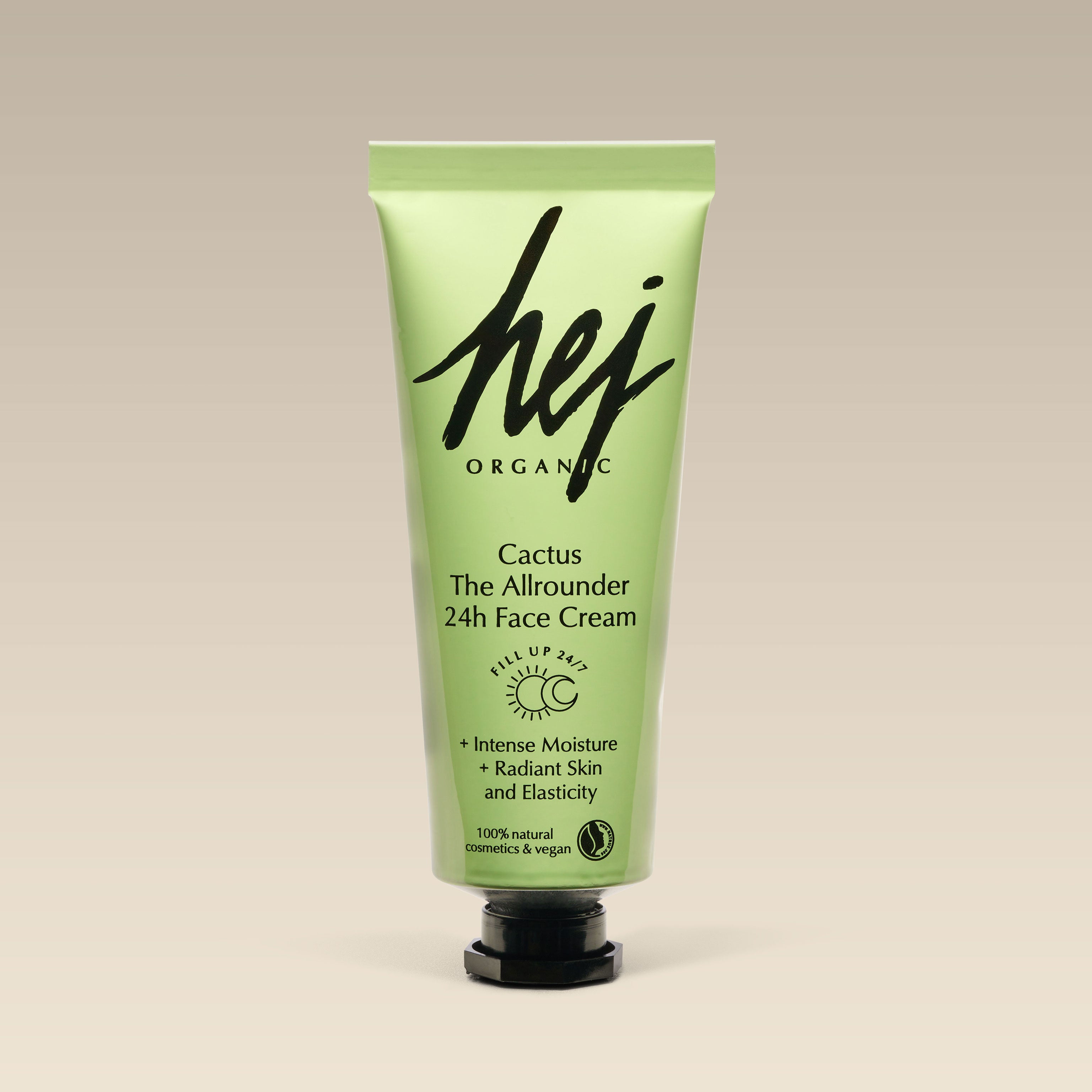
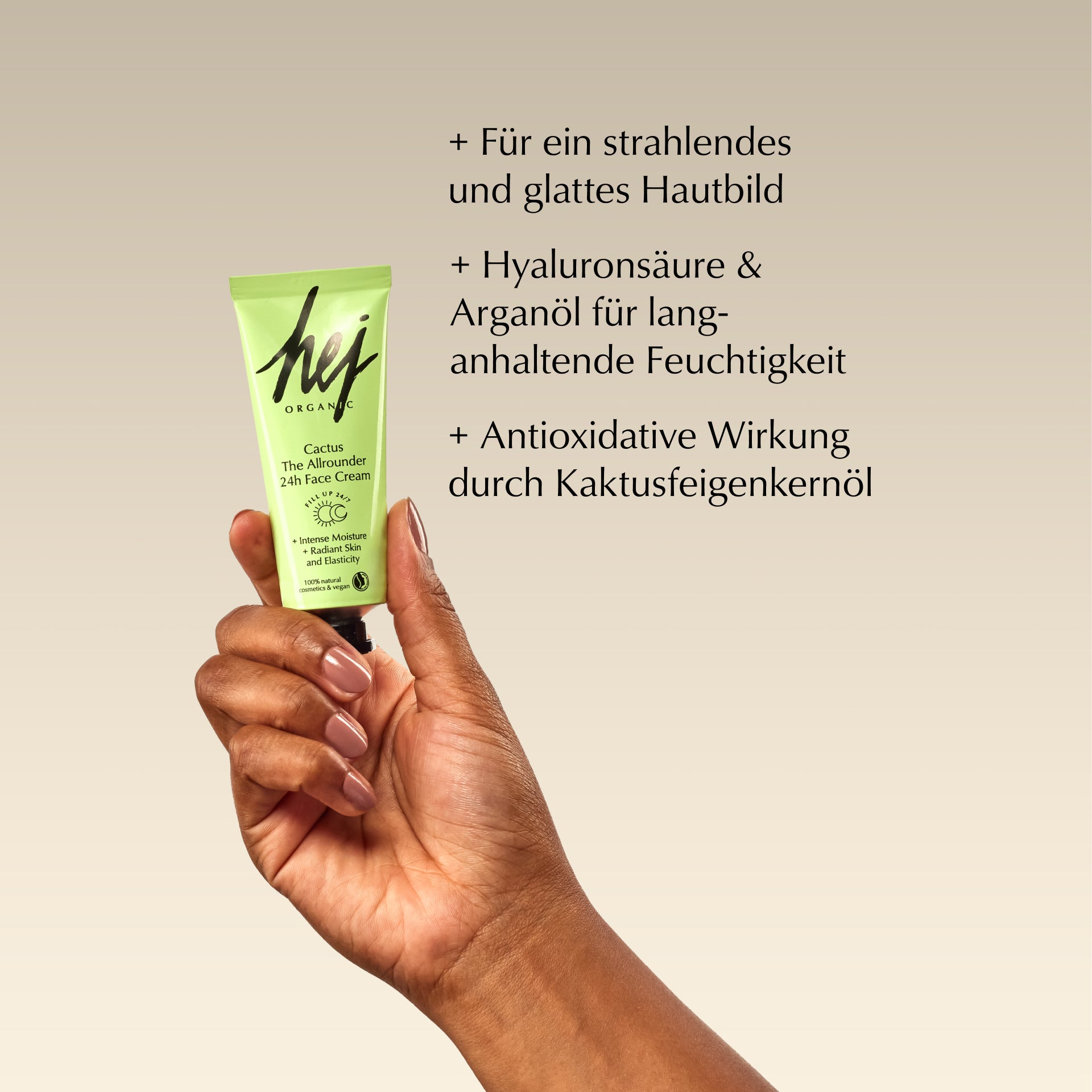
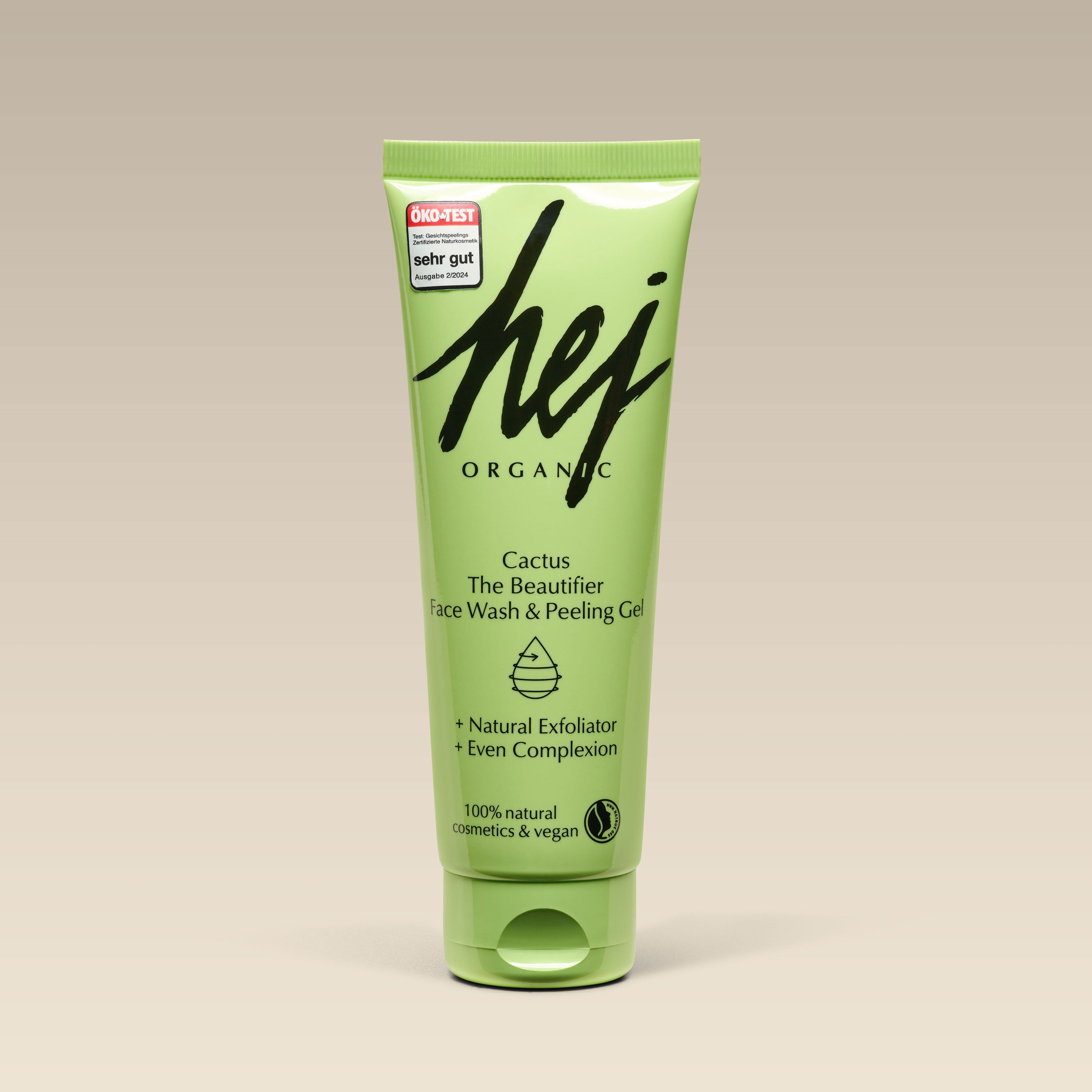
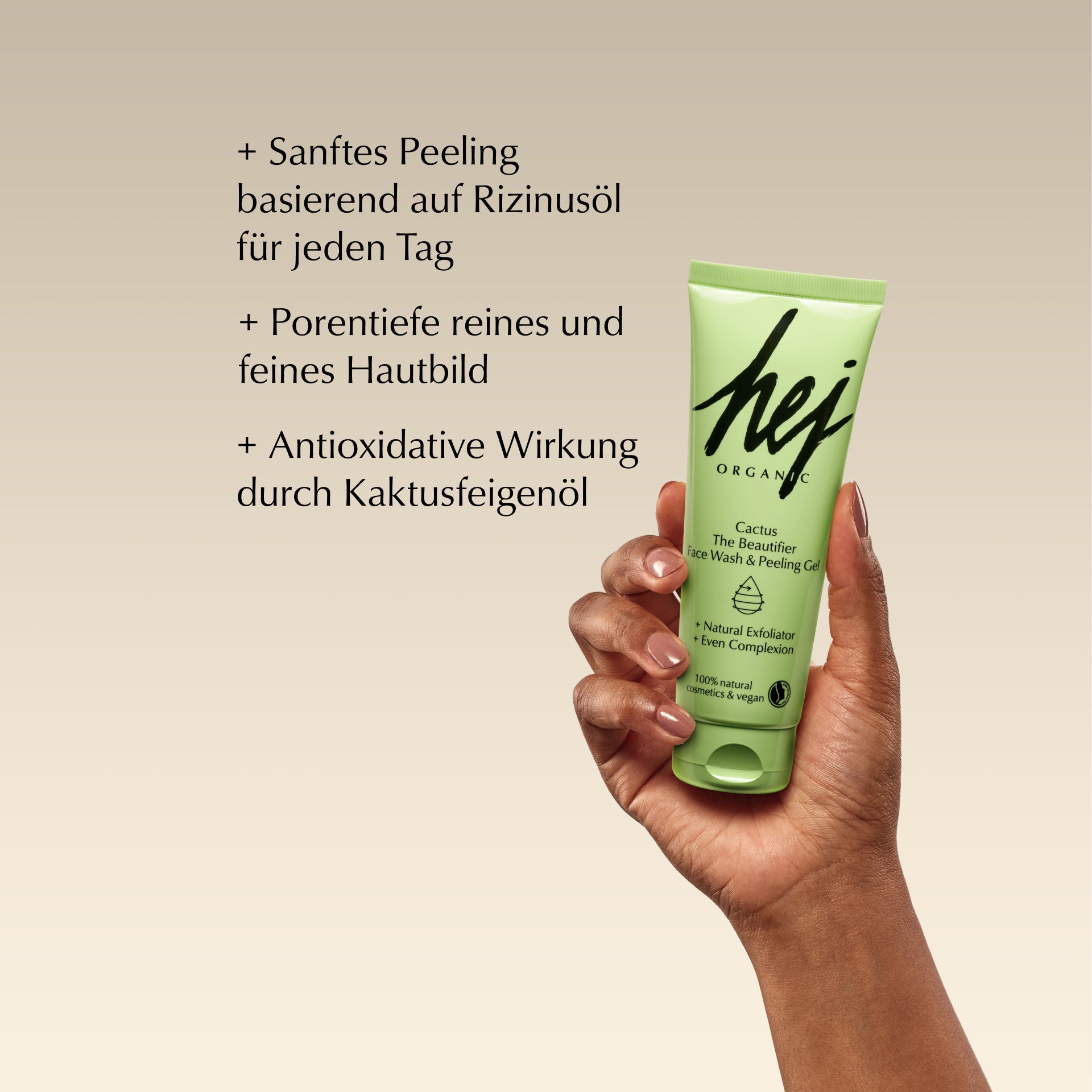

Leave a comment
This site is protected by hCaptcha and the hCaptcha Privacy Policy and Terms of Service apply.